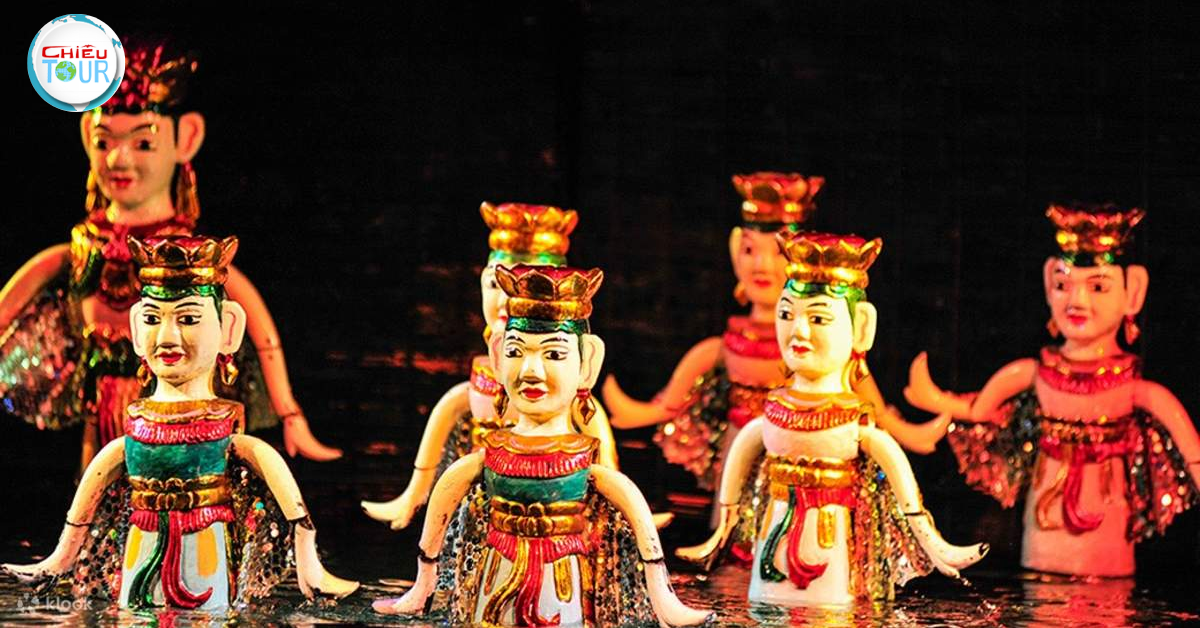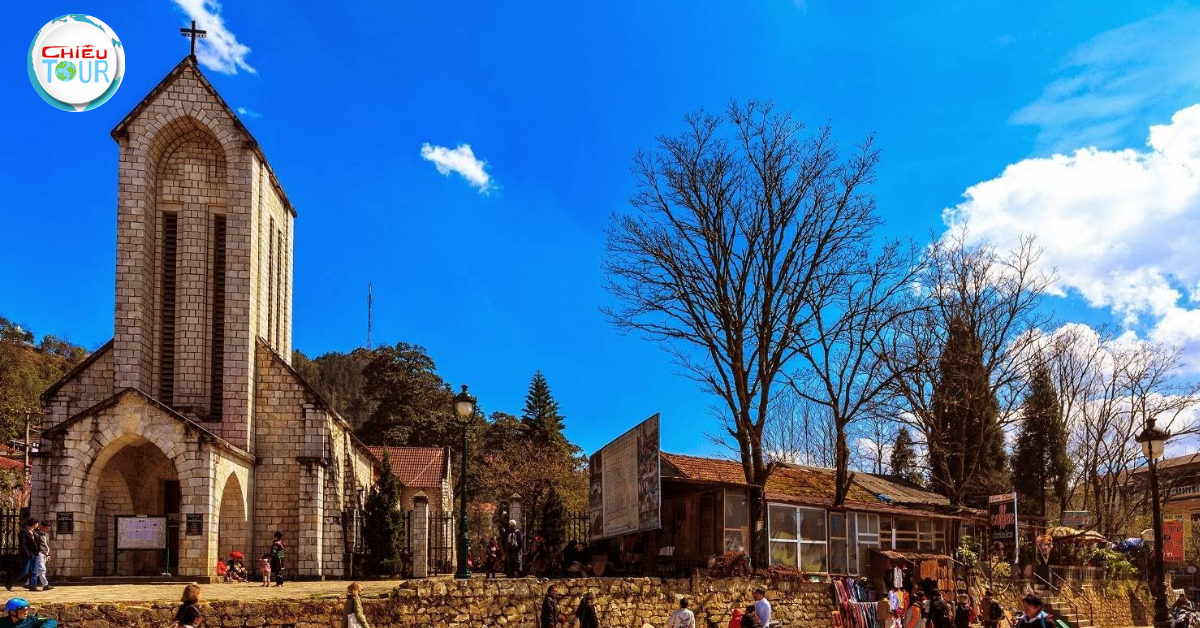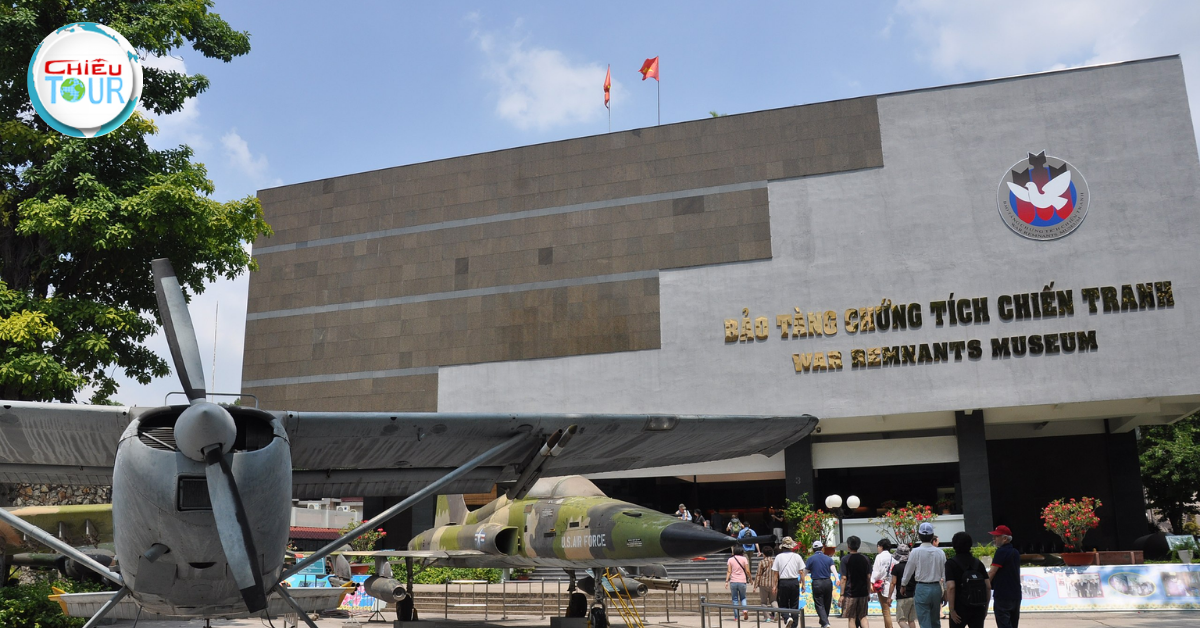Tran Quoc Pagoda - A Famous Spiritual Tourism Destination in Hanoi
- Author: Admin
- | Hot destination
Who is worshipped at Tran Quoc Pagoda?
Tran Quoc Pagoda primarily worships Gautama Buddha, the founder of Buddhism, along with various Bodhisattvas who are considered enlightened beings dedicated to helping others achieve enlightenment.
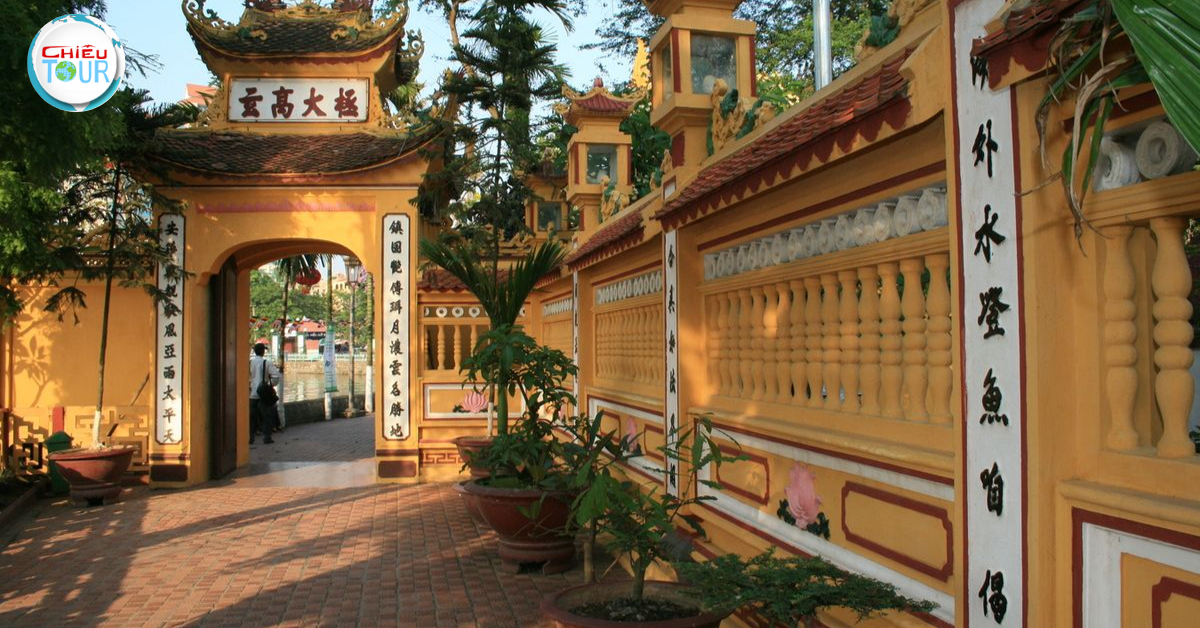
The Deities within the Pagoda
The main hall of Tran Quoc Pagoda is graced with a stunning statue of Buddha. This statue represents the ideal of peace and tranquility, inviting visitors to pause and reflect on their own spiritual journeys. Surrounding the central figure, you will find statues of numerous Bodhisattvas, including Quan Am (Avalokiteshvara), the goddess of mercy, whose presence amplifies the compassionate nature of the temple.
In addition to the primary deities, various other figures related to Buddhist teachings can be found throughout the temple grounds. Each statue and image serves as a reminder of the values upheld by Buddhism—compassion, wisdom, and mindfulness.
Rituals and Practices
Visitors may notice local monks conducting daily rituals, which often involve chanting, meditation, or offerings being made to the deities. These practices foster a sense of community among worshippers and provide a window into how Buddhism is practiced in modern-day Vietnam.
Personal interactions with local monks can deepen one’s understanding of the faith, as they are often willing to share insights about the teachings of Buddha and the significance of various rituals performed at the pagoda.
Spiritual Significance
For many, visiting Tran Quoc Pagoda is more than just a sightseeing activity; it is an opportunity to connect with one's spirituality. The atmosphere is imbued with tranquility and reverence, making it a perfect spot for reflection, prayer, or meditation. Visitors often leave feeling rejuvenated and at peace, highlighting the pagoda's role as a significant spiritual haven in Hanoi.
History of Tran Quoc Pagoda
The history of Tran Quoc Pagoda dates back over 1,500 years, making it one of the oldest temples in Vietnam. Its rich and varied past mirrors the historical evolution of the country itself.

Origins in the Ly Dynasty
Founded during the reign of the Ly dynasty in the sixth century, Tran Quoc Pagoda was initially located on the banks of the Red River. As the city expanded and the river changed course, the pagoda was relocated to its current site on the eastern shore of West Lake. This strategic location contributed to its prominence as a spiritual center.
The original name of the pagoda was "Khai Quoc," meaning "the first to open the country." It served as a beacon of Buddhism during a time when the religion was gaining traction in Vietnam.
Architectural Evolution
Throughout the centuries, Tran Quoc Pagoda has undergone multiple renovations and expansions. Each era has left an indelible mark on the temple's architectural style, resulting in a harmonious blend of old and new elements.
The pagoda features traditional Vietnamese architecture, characterized by intricate wooden carvings, elaborate roof designs, and vivid colors. Over the years, various kings and emperors took great care to preserve and enhance the pagoda, ensuring its continued status as a spiritual landmark.
Notable Events and Figures
Over the centuries, Tran Quoc Pagoda has witnessed numerous significant events in Vietnamese history. It was a center for cultural exchange, where scholars, monks, and students convened to discuss Buddhism and philosophy. Several prominent Buddhist figures have also contributed to its legacy.
Moreover, during times of war and conflict, the pagoda served as a sanctuary for the weary and a source of hope for the people of Hanoi. Its survival through tumultuous periods stands as a testament to the resilience of both the temple and the faith it embodies.
Value and significance of Tran Quoc Pagoda
Tran Quoc Pagoda holds immense value—not just in terms of religious significance but also as a cultural and historical landmark. Its multifaceted importance makes it a focal point for both spiritual seekers and tourists.
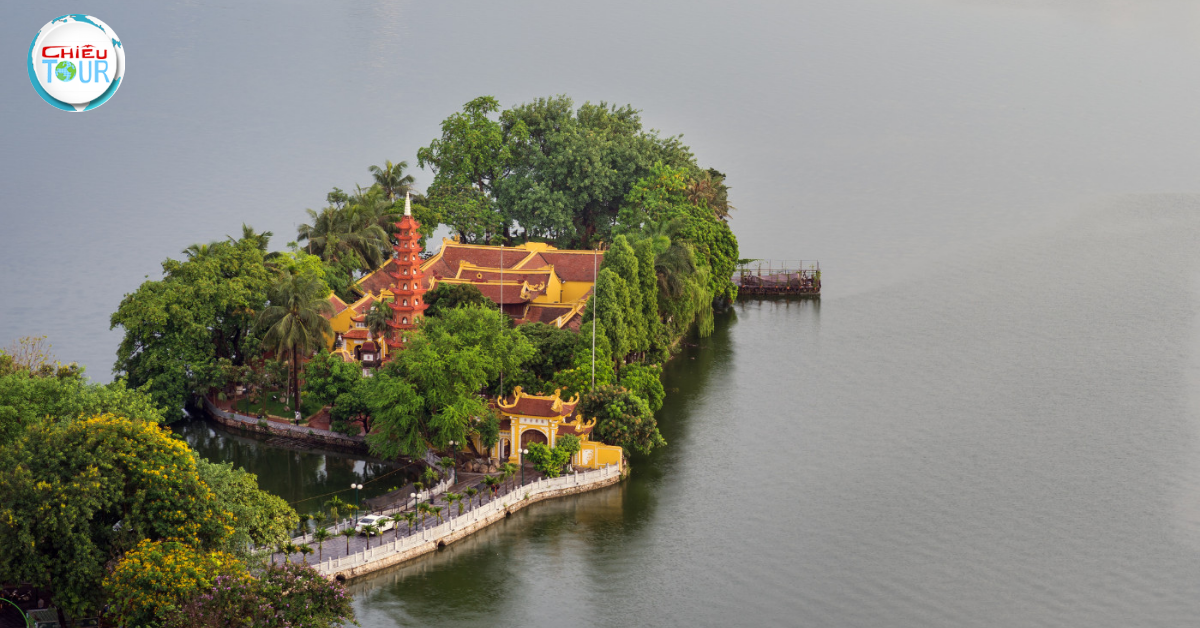
Cultural Heritage
As a UNESCO-recognized cultural heritage site, Tran Quoc Pagoda showcases Vietnam’s rich architectural and artistic traditions. The pagoda features a unique design that reflects the influences of various dynasties while still maintaining its distinctive character.
Visitors can explore the beautiful gardens surrounding the pagoda and admire the meticulous attention to detail present in every carving and structure. The overall aesthetic creates a serene environment where visitors can appreciate art and spirituality side by side.
Educational Value
Tran Quoc Pagoda serves as an educational resource for those looking to deepen their understanding of Buddhism and Vietnamese culture. Various informational plaques and guides provide insights into the temple's history, architecture, and religious practices.
Workshops and guided tours are often offered, allowing visitors to interact with local scholars and monks. Such experiences enrich one’s understanding of the practical implications of Buddhist teachings in everyday life.
A Sanctuary for Meditation
Given its tranquil surroundings, Tran Quoc Pagoda is a popular destination for meditation practitioners. Many individuals visit the site seeking inner peace and solace away from the hustle and bustle of modern life.
Meditation sessions are occasionally organized, where participants can learn techniques rooted in Buddhist tradition. Engaging in meditation amidst the natural beauty of West Lake enhances the experience, allowing one to connect with their surroundings on a deeper level.
Where is Tran Quoc Pagoda located? How to get there
Located on an island in the picturesque West Lake, Tran Quoc Pagoda enjoys a serene setting that provides a welcome escape from the city's chaos. Understanding how to reach this spiritual oasis enhances the overall experience for any traveler.

Geographical Context
West Lake is the largest lake in Hanoi, surrounded by parks, restaurants, and cafés. Tran Quoc Pagoda lies on the southeastern edge of the lake, making it easily accessible for visitors exploring the area. The pagoda’s location allows for stunning views of the lake, especially during sunrise and sunset when the water reflects vibrant hues.
Transportation Options
Getting to Tran Quoc Pagoda involves various transportation modes:
By Taxi or Ride-Hailing Services: Taxis and ride-hailing apps like Grab are convenient ways to reach the pagoda. Simply input the destination, and you’ll be dropped off at the entrance.
By Bicycle: For those who enjoy cycling, renting a bike is an excellent option. The route around West Lake boasts picturesque scenery and is relatively safe for cyclists.
Walking Tours: If you’re already in the vicinity of West Lake, consider taking a leisurely walk to the pagoda. This allows you to absorb the sights and sounds of the local area.
Proximity to Other Attractions
Tran Quoc Pagoda is conveniently located near several other attractions, making it easy to create an itinerary that encompasses multiple points of interest. Nearby sites include the Ho Chi Minh Mausoleum, the Presidential Palace, and the One Pillar Pagoda, all of which offer rich cultural experiences.
Opening hours and entrance fees for Tran Quoc Pagoda
Understanding the operational hours and any associated costs is essential for planning your visit to Tran Quoc Pagoda.
Opening Hours
Tran Quoc Pagoda typically opens early in the morning and remains accessible until evening. The general opening hours are from 7:00 AM to 8:00 PM. However, it is advisable to arrive early to enjoy a quieter experience, especially if you wish to meditate or pray.
Visiting during festivals or special occasions may lead to extended hours, so checking local news or official announcements beforehand can help ensure a smooth visit.
Entrance Fees
The entrance to Tran Quoc Pagoda is usually free of charge, allowing visitors to immerse themselves in the spiritual atmosphere without financial barriers. Donations are welcomed, enabling the preservation and maintenance of the temple.
While formal entrance fees aren’t imposed, visitors are encouraged to contribute whatever they feel appropriate, serving as a gesture of gratitude and support for the ongoing work at the pagoda.
What to Wear
Although there is no strict dress code, it is advisable to wear respectful attire when visiting Tran Quoc Pagoda. Loose-fitting clothes that cover shoulders and knees are recommended, as a sign of respect for the sacred space. Comfortable footwear is also suggested, particularly if you plan to explore the surrounding areas.
What to see when visiting Tran Quoc Pagoda?
Tran Quoc Pagoda is more than just a religious site; it is a living museum of art, culture, and spirituality. From breathtaking architecture to lush gardens, there are countless features to admire.
Architectural Marvels
One of the standout features of Tran Quoc Pagoda is its impressive architectural design. The pagoda is built in the traditional Vietnamese style, characterized by a tall, multi-tiered structure that reaches towards the sky.
The Main Hall: Inside the main hall, visitors can marvel at intricately carved wooden pillars adorned with motifs of flowers and animals, showcasing the craftsmanship typical of Vietnamese artisans.
The Bell Tower: The nearby bell tower houses a massive bronze bell, which resonates deeply when struck. The sound symbolizes the call to mindfulness and reflection.
The Lotus Pond: Entering the pagoda complex, visitors are greeted by a beautiful lotus pond. The lotus flower has deep significance in Buddhism, symbolizing purity and enlightenment rising from murky waters.
Gardens and Landscaping
The gardens around Tran Quoc Pagoda are meticulously maintained, featuring vibrant flora and peaceful pathways that invite visitors to stroll and contemplate.
Meditation Areas: Designated spaces are available for meditation, where visitors can sit quietly and soak in the serene ambiance. These areas are often less crowded, providing a perfect escape for reflection.
Cultural Displays: Throughout the gardens, you may encounter sculptures and artistic displays that tell stories of Vietnamese culture and Buddhism, enhancing your understanding of the local heritage.
Festivals and Celebrations
If your visit coincides with one of the many Buddhist festivals celebrated at Tran Quoc Pagoda, you are in for a treat. These events are marked by colorful decorations, traditional music, and vibrant performances.
The atmosphere during these celebrations is electric, drawing local communities together and highlighting the deep-rooted spiritual connections that bind them. Witnessing such events provides unique insights into the local culture and the enduring relevance of Buddhism in modern society.
Visitor Experience
Visiting Tran Quoc Pagoda is an experience that engages all senses. From the aroma of incense wafting through the air to the melodic chants of monks, every moment spent at the pagoda leaves a lasting impression.
Many visitors take the opportunity to participate in rituals, such as lighting incense or making offerings to the deities. This participation fosters a sense of connection to the spiritual practices that have been carried out for centuries.
What can you experience at Tran Quoc Pagoda?
A visit to Tran Quoc Pagoda goes beyond mere sightseeing; it offers myriad opportunities for self-discovery, cultural immersion, and spiritual growth.
Mindfulness and Reflection
The tranquil environment of the pagoda encourages visitors to engage in mindfulness practices. Many choose to meditate by the lotus pond or on benches overlooking West Lake.
This atmosphere of peace allows individuals to disconnect from the fast-paced world outside, creating a space for personal introspection. Whether you are a practicing Buddhist or simply curious, the pagoda invites everyone to explore their thoughts and feelings.
Cultural Exchange
Engaging with local monks and worshippers provides a unique chance for meaningful cultural exchanges. Many monks are eager to share their knowledge of Buddhism, offering insights into various practices and beliefs.
Moreover, interacting with fellow visitors from diverse backgrounds can lead to enriching conversations about spirituality, culture, and personal journeys. Such exchanges foster a sense of unity and shared humanity.
Photography Opportunities
Tran Quoc Pagoda is a photographer’s paradise. The interplay of architecture, natural beauty, and spiritual elements yields countless opportunities for capturing stunning images.
Photographers can play with light and shadow as they capture the pagoda at different times of day. Sunrise or sunset creates a magical backdrop, infusing photographs with warm hues and reflections off the water.
Learning Traditional Customs
While at the pagoda, take the time to observe and participate in traditional customs, such as bowing before deities, making offerings, or lighting incense.
These acts are steeped in meaning and demonstrate respect for the teachings of Buddhism. Engaging in such customs offers valuable insights into the spiritual landscape of Vietnam.
Conclusion
Tran Quoc Pagoda - A Famous Spiritual Tourism Destination in Hanoi is not merely an architectural wonder but a space that nurtures the soul and invites introspection. Its rich history, spiritual significance, and cultural vibrancy make it an essential stop for anyone visiting Hanoi.
Whether you come seeking spiritual solace, cultural enrichment, or simply an appreciation for beauty, Tran Quoc Pagoda has much to offer. By immersing yourself in its serene atmosphere, engaging with its teachings, and participating in its customs, you will undoubtedly leave with a renewed sense of purpose and connection.
As you plan your journey to this hallowed ground, remember to embrace the experience fully. Take the time to appreciate the artistry, engage with the community, and reflect on your own spiritual path amidst the timeless beauty of Tran Quoc Pagoda.
 Vietnam
Vietnam 
